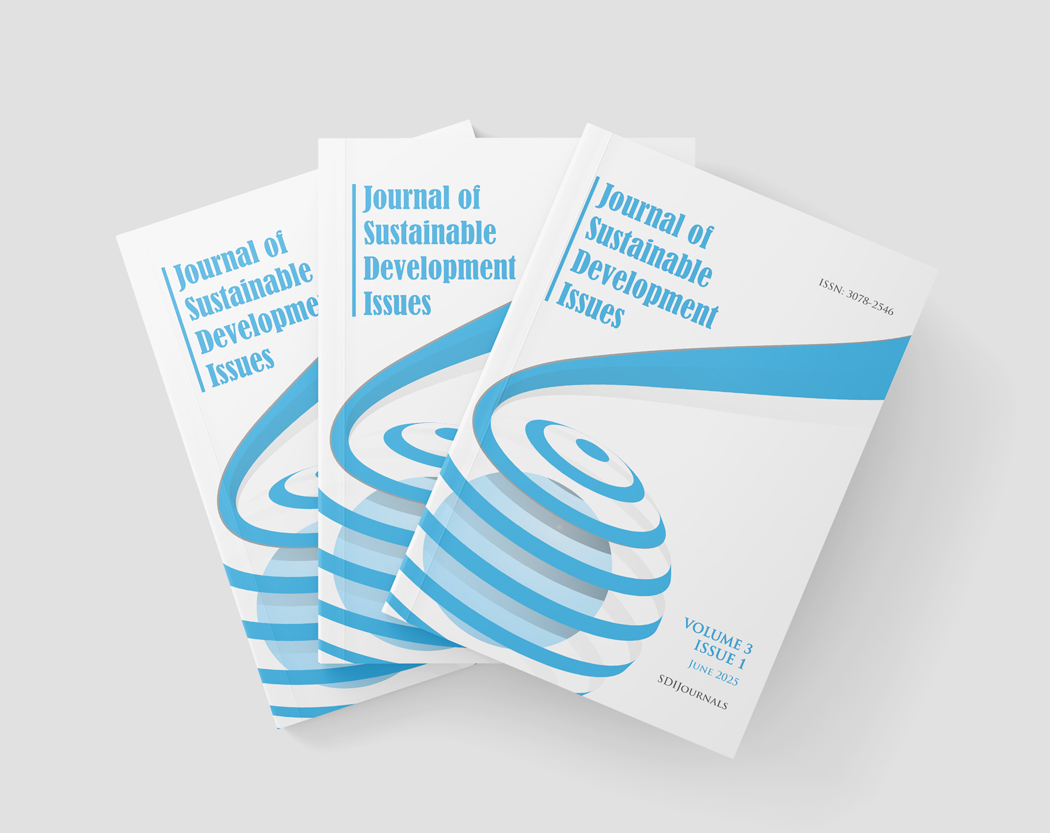Explaining Economic and Environmental Outcomes Through Renewable Energy Quality: An Interpretable Machine Learning Approach Using XGBoost and SHAP
DOI:
https://doi.org/10.62433/josdi.v3i1.46Keywords:
Renewable Energy Indicators, XGBoost Regression, SHAP Analysis, Sustainable DevelopmentAbstract
This study analyzes the effects of renewable energy systems on macroeconomic and environmental results for seven countries from 2000-2023. Three new indices were formed to show not only the quantitative but the structural and qualitative parts of renewable energy systems: the Green Energy Growth Rate, Energy Diversity Index, and Risk Adjusted Green Score. These respectively show the growth rate of production, the sources of energy diversity, and the volatility-adjusted stability of renewable energy production. Renewable Energy Indicators of Economic Growth: A Novel Explainable Framework. We try to answer whether or not a green energy index accelerates economic development while trying to answer the question of whether or not the green score diminishes environmental pollution. Using the machine learning-based XGBoost regression model and SHapley Additive exPlanations methodology- powerful tools that offer relatively new approaches to the twin problems of renewable energy indicators toward economic growth, and environmental pollution- the paper quantifies both numerically and casually the contributions of renewable energy indicators to economic growth, FDI, gross savings, public finances, and particulate matter-related environmental damage. Country-specific response profiles to these energy indicators were grouped through K-Means clustering analysis. At a more intuitive level of understanding results, one notes that the Risk Adjusted Green Score (RAGS) has the greatest power in terms of influencing the reduction of environmental damage. Closest to the classical theoretical relation with the dependent variable is found to be the Green Energy Growth Rate (GEGR). The Energy Diversity Index (EDI) proves support and support-based balance, particularly within public finance indicators. Countries are clustered into three structural groups based on the 18-dimensional SHAP response profiles. This can offer much intuition into the heterogeneity of energy policy impacts and sustainability outcomes. The study has revealed the inadequacy of policies towards renewable energies, which are directed merely to the expansion of capacity in the context of the goals of sustainable development. It argues for the development of a policy design framework that incites dimensions of diversity and stability in a holistic manner that could more adequately undertake the requirements of both economic development and the protection of the environment.






